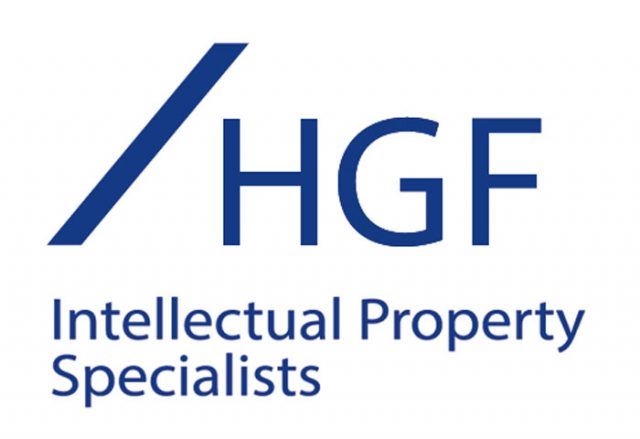Life science patents: More than drugs
Many people associate patents with blockbuster pharmaceuticals and consumer electronics. However, patents can also be used to protect new and non-obvious biological products, including antibodies, isolated nucleic acids, and even microorganisms, as well as compositions and devices which incorporate such products. In addition, patents can be used to protect new processes in the life science arena, from methods of cell culture to analyte detection and gene editing.
Are there any restrictions on the type of inventions that can be protected?
In the UK and Europe, it is not permitted to patent methods of medical treatment, so that doctors can provide the best possible care to patients without fear of infringing patent rights. However, a patent can be obtained for a known drug when a new use is identified for it, using so-called “second medical use” claims. A patent may also be obtained if a new and advantageous dosage regime is identified, even if the drug and the condition it is used to treat were previously known.
Methods of diagnosis can be protected provided that they do not involve a step which is carried out on the body. For example, it is permitted to patent a method which involves in vitro testing of a blood sample for the presence of a biomarker, as long as the step of taking the blood sample is excluded from the scope of protection.
Some other biotechnological inventions, such as processes which use human embryos, and processes for producing plants and animals which rely on natural crossing and selection, are excluded from patent protection.
What about other countries?
Many commercially important jurisdictions, such as China and Japan, are generally aligned with Europe and prohibit the patenting of methods of medical treatment. This is not the case in the US, where treatment methods can be protected. From this perspective the US may seem more patentee-friendly. However, since two landmark Supreme Court decisions (Mayo v. Prometheus and Association for Molecular Pathology v. Myriad Genetics, Inc.), significant restrictions have been placed on the patenting of innovations relating to natural products and phenomena.
For example, an isolated nucleic acid sequence per se would not be patentable in the US if it is identical to a sequence occurring in nature. In order to gain protection, the patent would have to claim a practical application of the sequence, or a combination of the nucleic acid with another agent to provide a composition which does not occur in nature. Non-naturally occurring sequences such as recombinant DNA and cDNA can still be protected.
Current US practice is also having a significant impact on the protection of diagnostics. This is because the relationship between a particular disease and a biomarker of that disease is viewed as a natural phenomenon, and thus ineligible for patent protection. In order to gain protection for developments in this field, it is often necessary to limit the scope of protection to a diagnostic test which is combined with a subsequent treatment step. Alternatively, a diagnostic test which incorporates a non-conventional method or reagent, such as a new antibody, may be patentable in the US.
What data do I need to file a patent application for a life science invention?
It is generally necessary to include in a patent application some evidence that the invention will achieve the alleged benefit. The type and quantity of data which is required to support a patent application will depend on the nature of the invention, and the scope of protection which is sought.
If, for example, a patent application claims a class of chemical compounds which are said to have antibacterial activity, test results should be included which make it credible that substantially all compounds within the class possess the alleged activity.
If the invention is a new therapeutic agent for treatment of a disease, this does not mean that clinical trial data showing the efficacy of the therapeutic agent is required – that would be completely impractical given that patent applications are typically filed many years before a therapeutic agent reaches human trials. Instead, in vitro data can be sufficient, provided that there is an established mechanistic relationship between the effect shown in vitro and the disease which the therapeutic is intended to treat. In Warner-Lambert v. Actavis, the UK Supreme Court found Warner-Lambert’s patent to be invalid because the animal model data it contained showing treatment of inflammatory pain was not considered to be predictive of efficacy for other types of pain covered by the patent. This demonstrates how critical experimental data can be when filing a patent application.
Conclusion
Life sciences is one of the most complex fields of IP, and the law is constantly evolving. It is therefore important to seek expert advice early on in order to consider what aspects of your research may be patentable, the scope of protection that could be achieved in different jurisdictions, and what type of data may be required to support a patent application.
Jennifer Bailey – Patent Director at HGF.

Jennifer Bailey is based in the Birmingham office of HGF. She provides patent advice to clients in both the chemical science, life science and materials science sectors. In particular, she has expertise in the fields of; foundry, magnetic materials and wound dressings; nanoparticles, nucleic acids, molecular receptors and food technology; plasmids, diagnostic biomarkers, peptide therapeutics, immunology, genetics and antimicrobials.
She also has a Masters in chemistry from the University of Warwick, and a PhD in molecular microbiology from the University of Birmingham. If you would like to learn more about Jennifer, click here.

